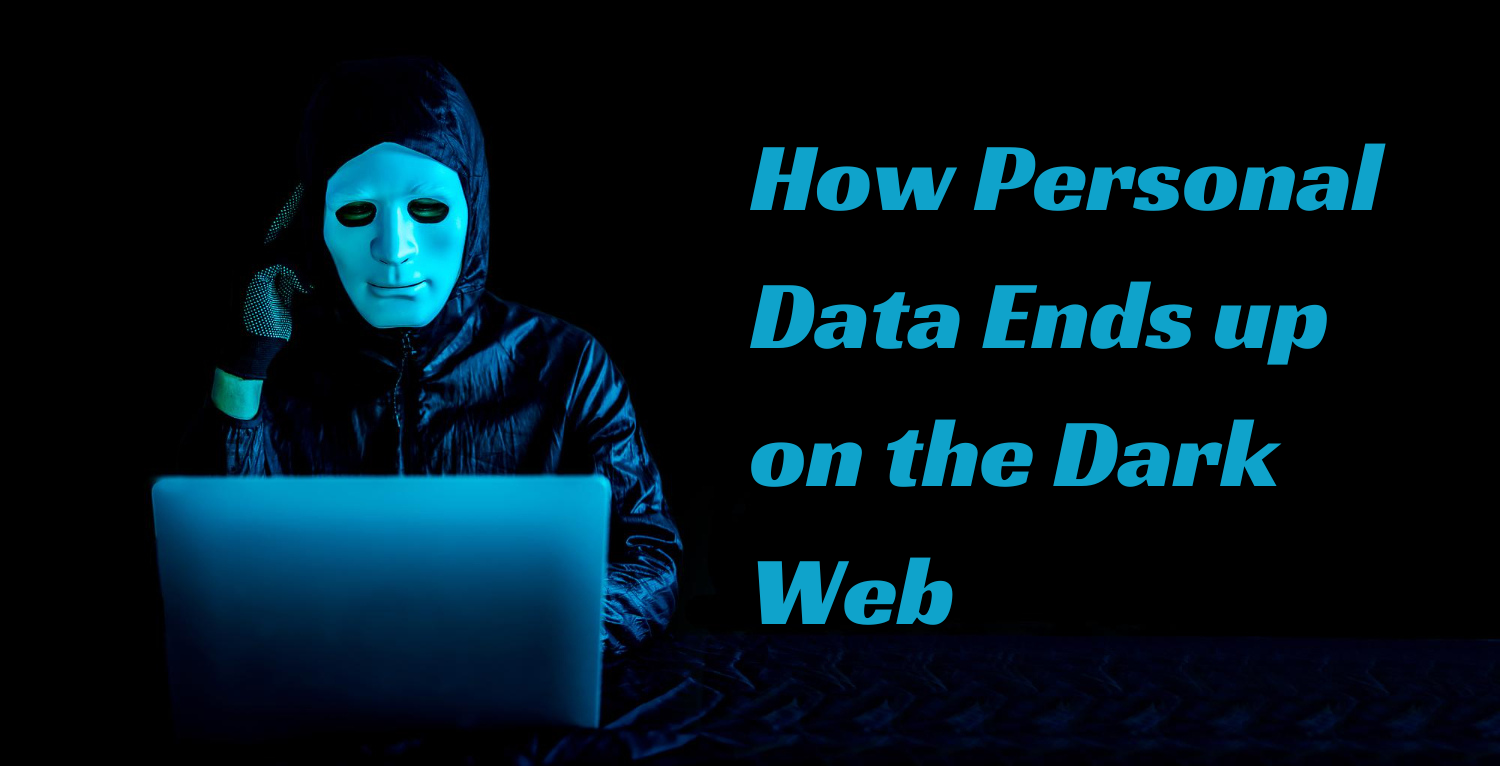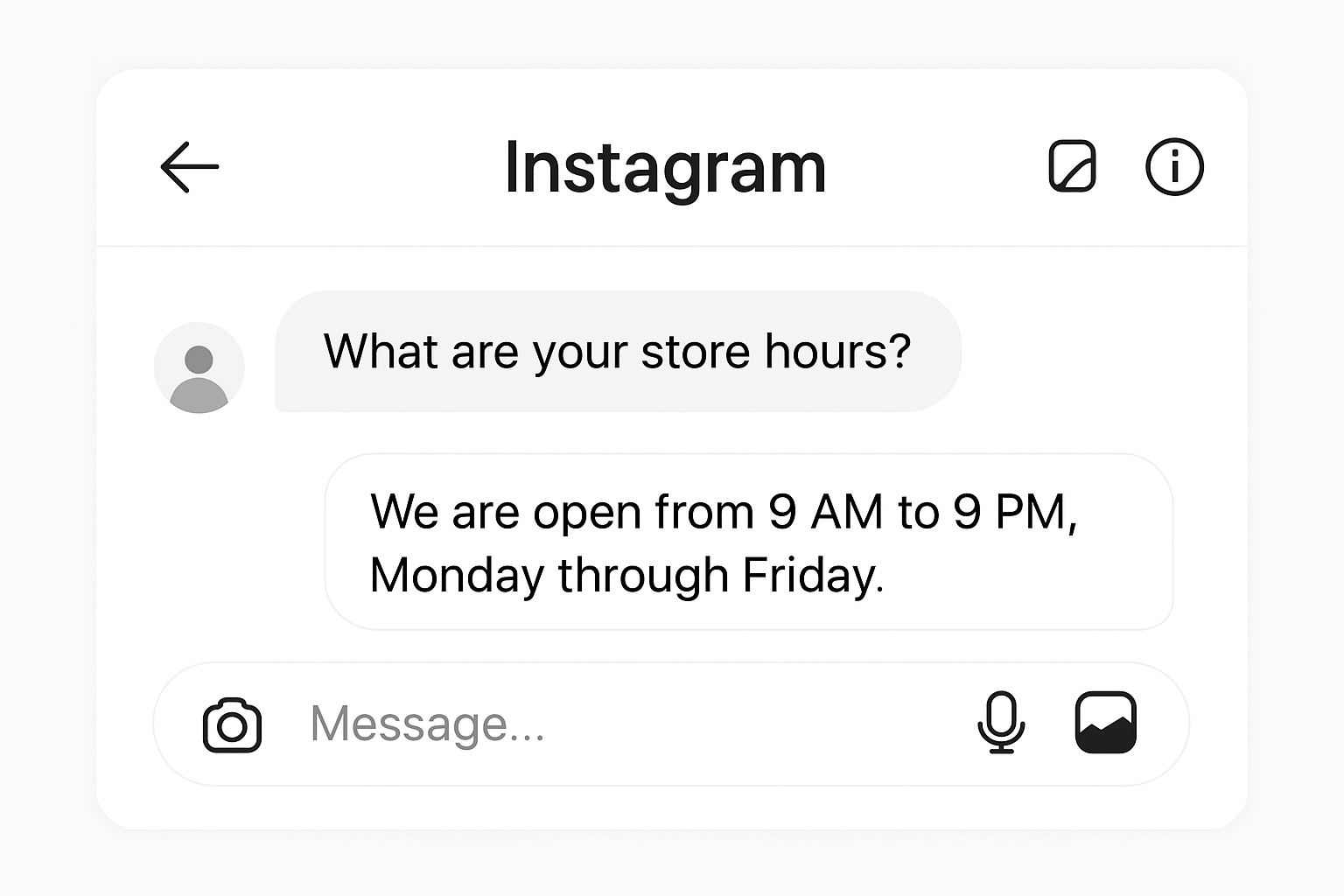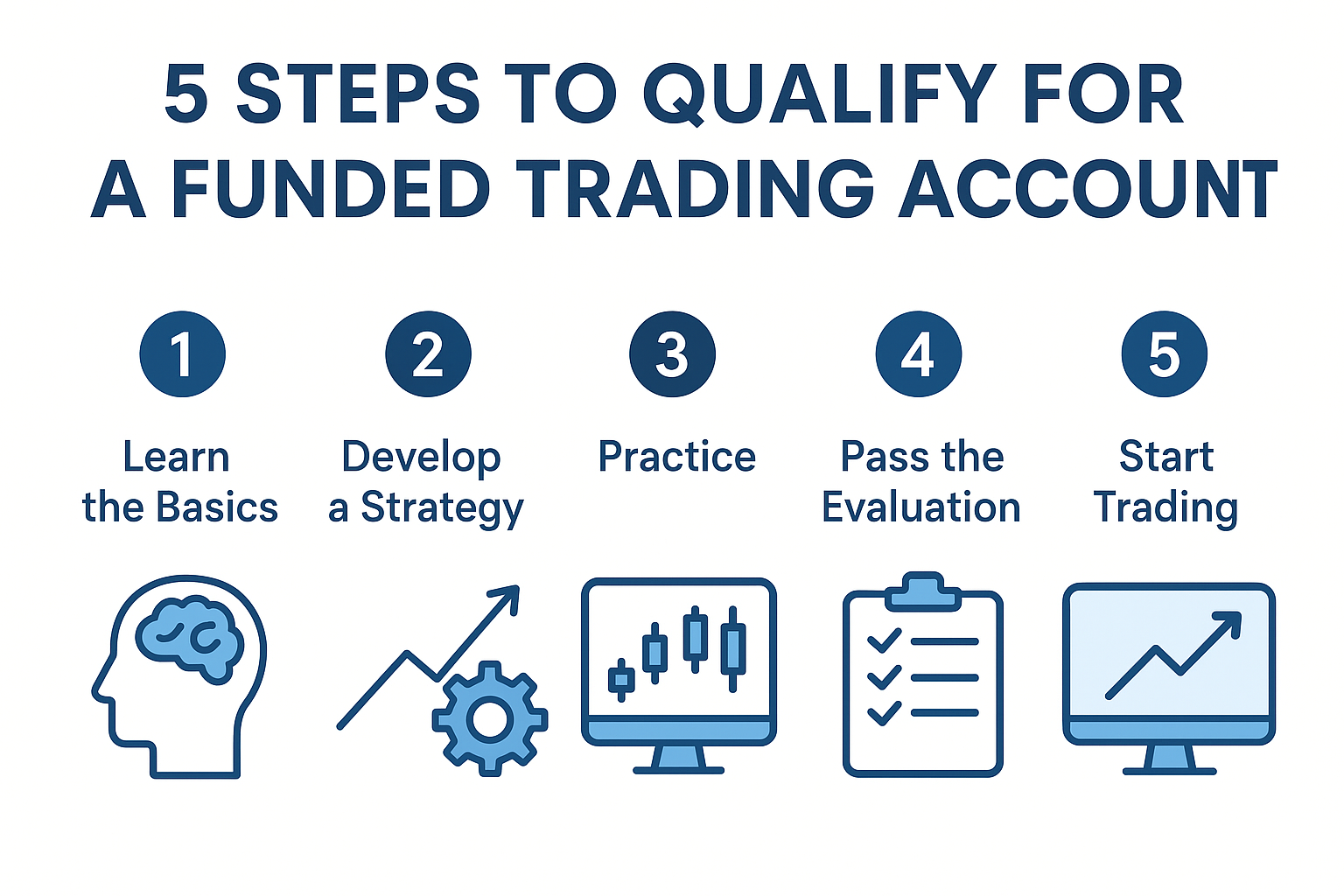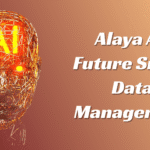How Personal Data Ends up on the Dark Web—and What Cybersecurity Professionals Can Do About It
- 1 How Personal Data Ends Up on the Dark Web
- 1.1 Data Breaches from Companies and Organizations
- 1.2 Phishing Attacks and Social Engineering
- 1.3 Malware and Keyloggers
- 1.4 Weak Passwords and Poor Security Practices
- 2 Why Is Personal Data Valuable on the Dark Web?
- 3 How Cybersecurity Professionals Can Detect Stolen Data
- 4 Steps to Protect Personal Data
- 5 Responding to a Data Breach
- 6 Staying Ahead of Dark Web Threats
For cybersecurity professionals, the Dark Web isn’t just a hidden part of the internet—it’s a key area to monitor and understand. It’s where stolen personal data is bought and sold, cybercriminals plan attacks, and new threats often start before reaching the wider web.
Knowing how personal data ends on the Dark Web is more than just useful—it’s essential. Every leaked email, stolen password, or exposed financial detail can become a doorway for future attacks. These breaches aren’t rare accidents—they’re part of a growing cybercrime economy.
In this article, we’ll explain how personal data gets to the Dark Web, discuss why it’s so valuable to cybercriminals, and share practical steps cybersecurity professionals can take to detect, prevent, and respond to these risks.
How Personal Data Ends Up on the Dark Web
Personal data doesn’t just appear on the Dark Web. It gets there through breaches, scams, and poor security habits. Here are the most common ways this happens:
Data Breaches from Companies and Organizations
Large-scale data breaches are one of the biggest sources of personal data on the Dark Web. Cybercriminals target businesses, government systems, and healthcare organizations, exploiting weaknesses in their security systems.
Once they gain access, they steal massive amounts of user data, including credit card numbers, passwords, and Social Security numbers. This data is then sold in bulk on Dark Web marketplaces. In 2020 alone, 15 billion records from over 100,000 breaches were available for sale on the Dark Web.
Phishing Attacks and Social Engineering
Phishing remains one of the most common ways cybercriminals steal personal data. They send fake emails, messages, or websites designed to trick people into sharing their login credentials, banking details, or personal information. Once stolen, this data is sold on the Dark Web or used for fraudulent activities.
Phishing attacks are becoming harder to detect as scammers create realistic emails and fake websites. Regular training and advanced email filtering tools are key to reducing these threats.
Malware and Keyloggers
Malware is often delivered through suspicious downloads, fake software updates, or compromised websites. Once installed, it can silently steal personal data.
Keyloggers, for example, record everything typed on a device, including passwords and banking details. Other malware can scan files, steal documents, or even access webcams without users knowing.
Weak Passwords and Poor Security Practices
Weak passwords and reused credentials are a goldmine for cybercriminals. Attackers can use those same credentials to access other accounts if one account gets hacked. Organizations are left vulnerable without two-factor authentication (2FA) or strong password policies.
Implementing complex password policies, requiring regular password changes, and enforcing 2FA can significantly reduce these risks.
Why Is Personal Data Valuable on the Dark Web?
On the Dark Web, personal data is treated like currency. Different types of information have other uses for cybercriminals.
Credit card details are used for fraudulent purchases. Email accounts can spread spam or phishing attacks. Even basic information like names and addresses can be used for identity theft or to create convincing scams.
Sometimes, stolen data isn’t used right away. Instead, it’s stored in massive databases and sold multiple times across different forums, making tracking harder.
How Cybersecurity Professionals Can Detect Stolen Data
Finding compromised data early can prevent larger breaches. Cybersecurity professionals have several tools and strategies to monitor for stolen information:
Dark Web Monitoring Tools
Many cybersecurity platforms offer Dark Web monitoring services. These tools scan hidden forums, databases, and marketplaces for leaked credentials or sensitive data linked to an organization.
Data Breach Notification Services
Services like Have I Been Pwned allow professionals to check if email addresses or login credentials have appeared in known breaches.
Threat Intelligence Platforms
Using threat intelligence tools can help cybersecurity teams stay informed about ongoing Dark Web activity and emerging threats.
Steps to Protect Personal Data
Cybercriminals are always finding new ways to exploit weaknesses. Here are some essential steps cybersecurity professionals can take to reduce risks:
Strengthen Access Controls: Enforce multi-factor authentication (MFA) and require strong, unique passwords across all systems.
Conduct Security Audits: Regularly check systems for vulnerabilities through penetration testing and risk assessments.
Educate Employees: Provide cybersecurity training to help staff recognize phishing attacks, suspicious links, and other threats.
Update Systems and Software: Ensure all software and security tools are updated with the latest patches.
Encrypt Sensitive Data: Data encryption protects sensitive information at rest and during transmission.
For a more detailed approach, Kapsuun Group’s Dark Web course offers valuable training. It’s a great resource for anyone looking to build a stronger understanding of Dark Web risks.
Responding to a Data Breach
Quick action is critical when stolen data is detected on the Dark Web. Cybersecurity professionals should:
- Secure compromised accounts immediately.
- Reset passwords across affected systems.
- Enable two-factor authentication (MFA) if not already active.
- Monitor account activity for any unusual behaviour.
- Report breaches to relevant authorities and affected users.
A well-prepared incident response plan can make all the difference in minimizing damage.
Staying Ahead of Dark Web Threats
The Dark Web isn’t just a hidden corner of the internet—it’s a hub for stolen data, emerging threats, and criminal activity. For cybersecurity professionals, understanding how data ends up there, why it’s valuable, and how to prevent leaks is critical.
Cybersecurity experts can stay one step ahead of cybercriminals by combining monitoring tools, strong security measures, and continuous education.

















